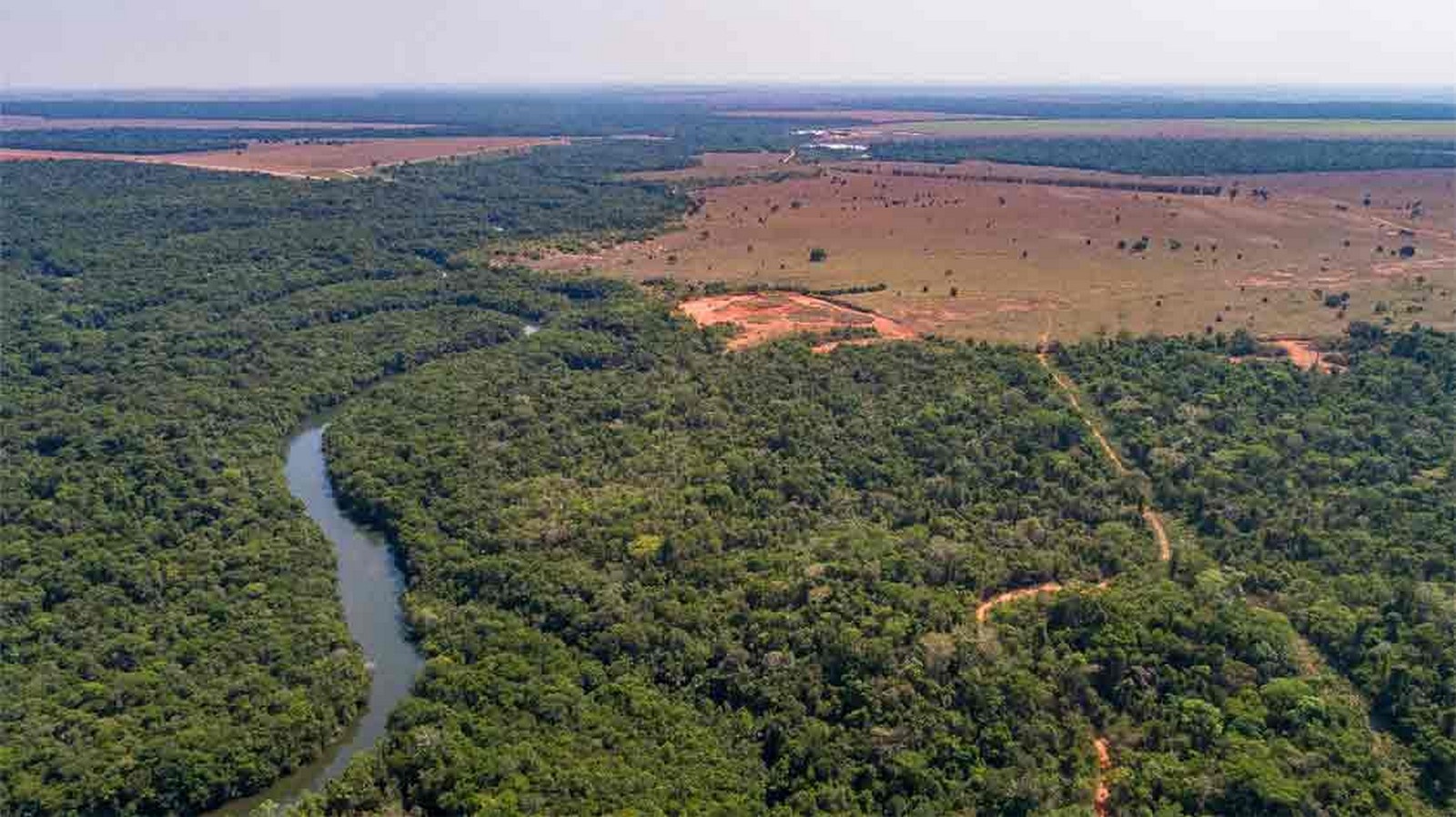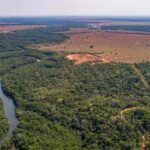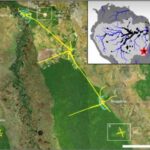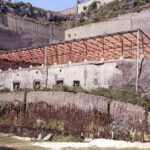A groundbreaking study sheds light on the remarkable agricultural practices of ancient Amazonian civilizations, particularly their intentional creation of fertile dark earth known as ‘terra preta’. Led by researchers from MIT, the University of Florida, and institutions in Brazil, this study unveils the deliberate environmental modifications made by ancient humans to enhance agricultural productivity despite the challenging conditions of Amazonian soil.

Deliberate Land Management by Ancient Amazonians
Anthropologist Michael Heckenberger from the University of Florida, along with a team of researchers, discovered evidence of sophisticated agricultural techniques employed by the Kuikuro people in the Amazon. These communities strategically established centralized waste disposal sites, known as middens, which enriched the soil over time and supported crop cultivation. This finding challenges the notion that ‘terra preta’ formation was accidental, affirming its intentional creation by ancient Amazonians.
Insights from Contemporary Indigenous Territories
The research focused on the Kuikuro Indigenous Territory in the Upper Xingu River basin, where both modern and ancient settlements were analyzed. Soil samples revealed the presence of dark earth deposits, rich in essential nutrients like carbon and phosphorus, indicative of deliberate human intervention. The study highlights the enduring legacy of indigenous land management practices and their contribution to sustainable agriculture in the Amazon.

Evolution of Anthropogenic Dark Earths
Dating back approximately 5,000 years, the earliest layers of ‘terra preta’ signify the gradual development of indigenous civilizations in the Amazon. Around 4,000 years ago, there was a notable increase in the production of Anthropogenic Dark Earths (ADEs), suggesting significant cultural changes. By 2,000 years ago, ADE production peaked, coinciding with the expansion of ancient Amazonian communities and the establishment of extensive social networks.
Carbon Sequestration and Climate Implications
ADEs not only serve as fertile soil but also act as potent carbon sinks, sequestering significant amounts of carbon underground. This mechanism, attributed to the presence of ‘black carbon’ or ‘biochar’, offers insights into sustainable climate mitigation strategies. The study underscores the potential of indigenous land management practices to inform contemporary efforts to combat climate change by promoting carbon sequestration in soil.

Legacy and Future Perspectives
The decline in ADE production around 500 years ago correlates with the devastating impacts of European colonization on indigenous populations across the Americas. Despite this disruption, the enduring presence of ADEs in Amazonian soil highlights the resilience and ingenuity of ancient Amazonian civilizations. Co-author Samuel Goldberg emphasizes the relevance of indigenous strategies for climate change mitigation, advocating for the adoption of their practices on a larger scale to combat climate change effectively.























